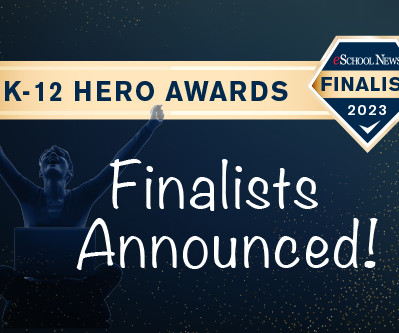29 K-12 edtech predictions for 2021
eSchool News
JANUARY 1, 2021
This will create a new demand for online tutoring services and I anticipate and hope that more federal resources are allocated to school districts to offer this 1:1 tutoring to students. COVID-19 highlighted that the digital divide was not exclusive to rural areas, as many families in urban areas cannot afford internet connectivity.



















Let's personalize your content